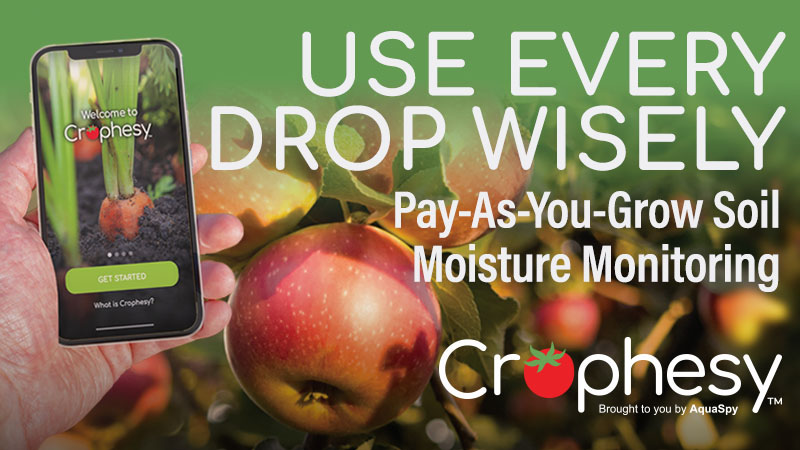Honeybee Forage Program Helps Bees And Growers

Almond grower Mike Silveira doesn’t mind honeybee forage between his almond trees, because it builds soil health in addition to helping bees.
Photo: Christi Heintz
The number of honeybees necessary to pollinate California’s almond crop is staggering — 1.7 million colonies, according to Christi Heintz, executive director of the nonprofit organization Project Apis m (PAm).
Started in 2006, PAm’s goal is to help infuse money into bee research in order to solve some of honeybees’ many challenges, and to help beekeepers and growers better manage their honeybee colonies.
While developing some best management practices, the PAm team began to realize just how important nutrition is when it comes to bee health.
“When bees are properly nourished, just like humans, they’re better off — they’re better able to fend off the challenges and diseases,” says Heintz. “We have research that shows that honeybees that have been feeding on natural, diverse nectar sources and pollen sources — particularly pollen sources, because that’s where they get their protein — are better able to fend off varroa and nosema and can even do better with pesticide exposure.”
In response to these findings, PAm created a honeybee forage program to secure corporate funding to provide forage plants in areas with high almond acreage, and to educate growers and landowners about the value of growing diverse honeybee forage crops.
“What we’re working on are pre-almond bloom and post-almond bloom plant species,” says Heintz. “For honeybees, these are times when there aren’t a lot of nutrition resources, because almonds bloom so early.”
PAm has established acreage, low-moisture requirement seed mixes, seed suppliers and planting regimes as part of the program. In 2014, crops offered included a mustard mix, a clover mix and ‘Lana’ Vetch. Almond growers interested in growing these forage crops just have to plant them. PAm provides the seed.
Heintz adds that beekeepers spend millions of dollars on sugar syrup to artificially feed bees, but the natural pollens in forage crops are much better for them. “It’s a great benefit to the almond growers, because it gets the bees working on natural pollen just prior to the bloom, so they’re geared up to pollinate the almond crop,” she says.
Not only that, these plants act as cover crops, increasing organic matter in the soil, improving nitrogen levels and preventing runoff.
This past fall, PAm enrolled 150 almond growers in the program, who are growing 3,000 acres of honeybee forage plants. “If we can locate more corporate funding sources, we’d like to make that 3,000 acres 6,000 acres,” Heintz says.
For more information, visit the Project Apis m. website.










